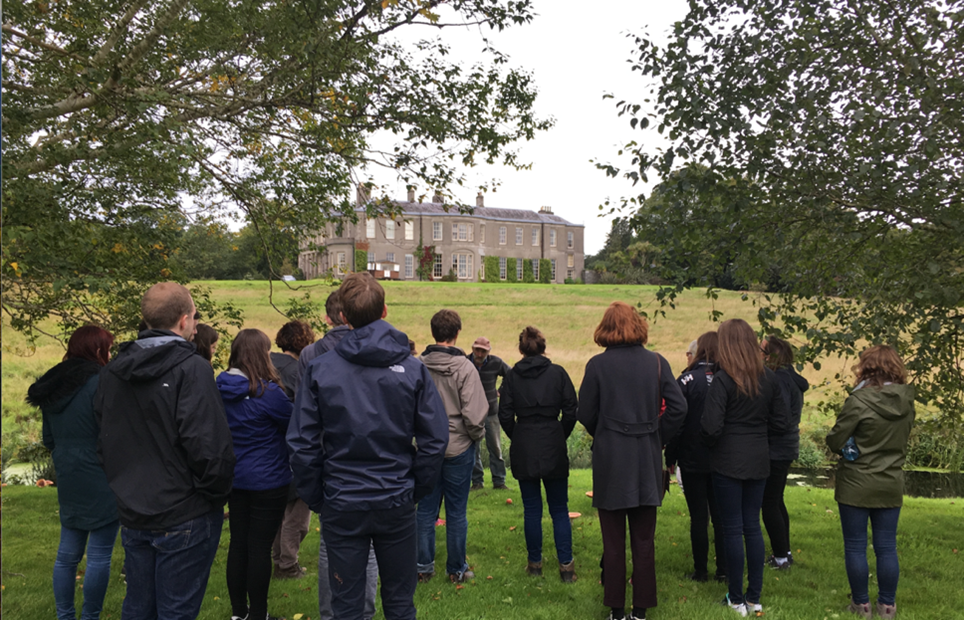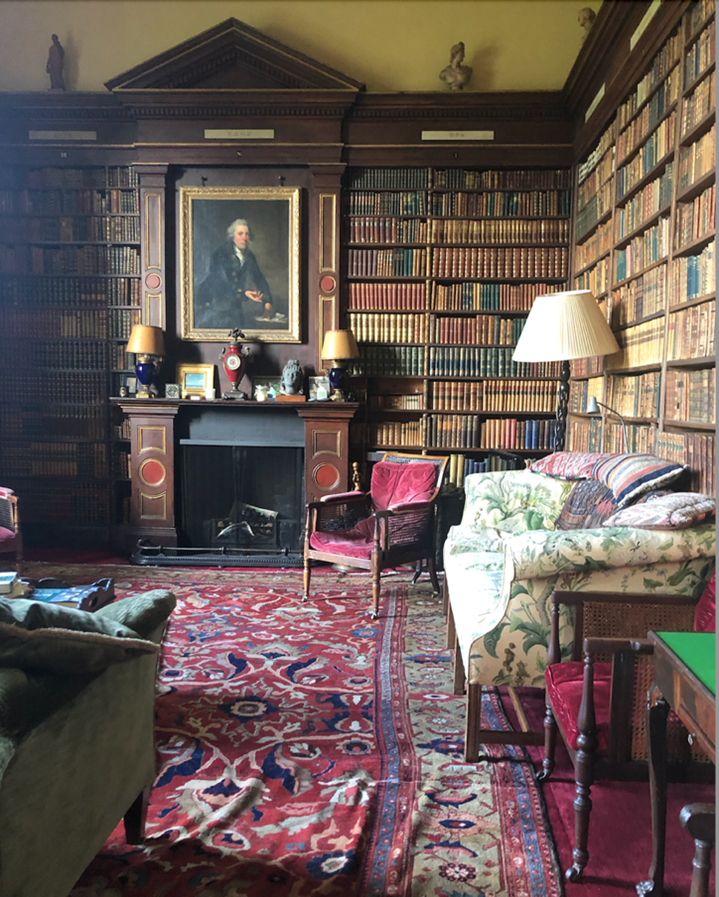– Exploring local and global identities at two northern Irish historic houses
Professor Olwen Purdue, Centre for Public History, Queen’s University Belfast
‘Historic Houses: Global Crossroads’
Two historic stately homes – Mount Stewart and Clandeboye – sit along the Northern Irish coast, just eight miles from each other as the crow flies. The former, once home of the marquesses of Londonderry, is now managed by the National Trust, one of the jewels in their crown; the latter was the private home of the marquesses of Dufferin and Ava and, following the death of Lindy Dufferin in 2020, is now managed by the Dufferin Trust. Once cultural and political powerhouses, both houses and the families that built them were deeply entangled with power, politics and identity – locally, within Britain and Ireland, and across the empire. As major landowners and political representatives, their influence was felt by every family in the vicinity of their vast estates. But as diplomats and political leaders, they influenced policy, practice, political relationships and people from the northern reaches of Canada, across Europe, to southern India and beyond.

Aerial view of the house and gardens at Mount Stewart, County Down / ©National Trust Images/James Dobson
Our new 3-year project (AHRC AH/Z506436/1; Project Lead, Professor Joy Porter) is exploring the historical and contemporary significance of these Irish historic houses, focusing on them as sites of local and global interconnectedness between people, environments, material culture and ideas.
Whose heritage?
One strand within this project, ‘Local and Global Identities’ led by Professor Olwen Purdue with Drs Emma Reisz and Briony Widdis from Queen’s University Belfast, explores the public history of these spaces asking what they mean to public audiences today and how they connect, and have connected, with people’s senses of themselves past and present.
Northern Irish society remains deeply divided over the historic narratives relating to Ireland and its relationship with British imperialism. Its historic houses, associated as they were with a British identity in Ireland and connected to empire, sit at the heart of those divisions. So what do these spaces mean within the context of a Northern Ireland today that remains divided over its past. Do people see their identities reflected in these heritage spaces?
Furthermore, these house, their histories and their contents are deeply entangled with the histories and cultures of the global majority communities that have settled in the region over the past half century. They are repositories for, and are profoundly shaped by, material culture, ideas and knowledge from the cultures into which their influence reached. Northern Ireland is becoming more ethnically diverse, with people from an Asian heritage making up the largest ethnic minority group, followed by mixed race and black heritage. The three largest individual groups are Indian, Chinese and mixed race. How, if at all, do any of Northern Ireland’s minority ethnic and migrant communities see themselves reflected in these heritage sites other than as places of exploitation?

Clandeboye, seen from the demesne. Author’s photograph.
Sites of inclusion
By engaging diverse and hard-to-reach audiences with these spaces though creative residencies, workshops and a public History Harvest event, our project seeks to reimagine them as sites in which people from many backgrounds and identity groupings see themselves reflected and can explore and articulate their senses of the past. We hope that this will enable participants to build their own narratives and understandings into the interpretation of these spaces find aspects of other identities and cultures that they realise are shared. With the goal of supporting UN Sustainable Development Goal 16, to ‘promote peaceful and inclusive societies for sustainable development’, this element of the project seeks to build effective inclusion, developing the potential of these houses to disrupt binary narratives of identity and building positive relationships with communities who engage with them in new ways.
For further information regarding the project contact Professor Olwen Purdue, Centre for Public History, Queen’s University Belfast: o.purdue@qub.ac.uk

The Library at Clandeboye. Photo, author’s own.